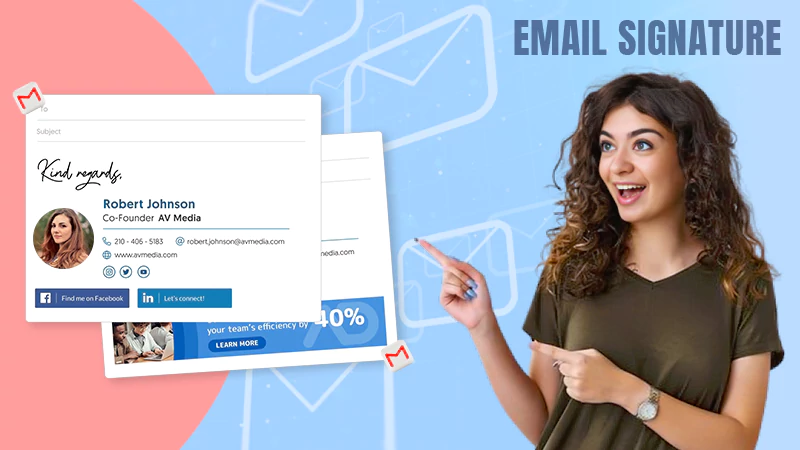The first step to securing your email account is also the most obvious: choosing a strong password.
Use words that don’t appear in the dictionary, and make sure it’s at least nine characters long. Use numbers, symbols, and even upper-case letters if you like. And of course – change it regularly! One trick is to use some words from a song lyric along with numbers and symbols; this way, if you can’t remember, you can always sing it to yourself while typing it in.
Most websites will allow you to make your password hint something like: “My cat’s birthday is 11/9/2011” – encoded as %Mycat%09111111. If anyone guesses your password, it is easy to see what the hint might have been.
It’s also a good idea to use different passwords for every website you visit.
Are you looking data extraction tool? Scraping Robot provides high-quality web scraping at a fraction of the cost of our competitors. Sign up today and get 5000 free scrapes!
Sign up for two-factor authentication, also known as 2FA or multi-factor authentication (MFA). It’s another good email security step. This means that even if someone guesses your password, they still won’t be able to get into your account because they don’t have the second key – which can be a code sent to your phone. To set this up, visit the security section of your email provider and enable it. You will probably need to install an app on your phone that generates a one-time use code every 30 seconds. This way, even if someone has got hold of your password, they still can’t log in until they also have your phone.
Many websites offer this kind of protection, including Gmail.
Next – Check for scams!
Did you know that most phishing emails appear to come from either UPS, FedEx, or DHL? The hackers know that these companies are trusted by people worldwide, and they use that trust to trick unsuspecting individuals into thinking that their email is coming from that company.
They might ask you to click on a link to track your package or update your account information. These are phishing emails – they will take you to a site where they will try to trick you into entering all of your details so that they can be sent off to the thieves.
Phishing emails can also come from banks or financial institutions. They will either ask for your details to credit you with money, stop scammers stealing your money, or even give you information about an account. Do not fall for any of these! If there were money in your account, it would NEVER be sent by email – just like if you phone your bank, they would never ask for your account details over the phone.
Also, Read This: How to Fill Up the Cybersecurity Gaps Created by COVID
Another type of email scam is a business proposal – where somebody will pretend to be a company or individual and offer to buy something at a meager price so that it can be resold at a higher price. They may even try to get you to send them money directly via a wire transfer.
In any case, if you receive an email from somebody who is trying to trick you into revealing your details – REPORT the email as SPAM and delete it immediately!
And finally… be careful with your private information!
You should never give out personal information to people that you don’t know and can trust. Don’t give out your data even if they say they need it to complete an order or send you something, even if it looks like a legitimate business.
















